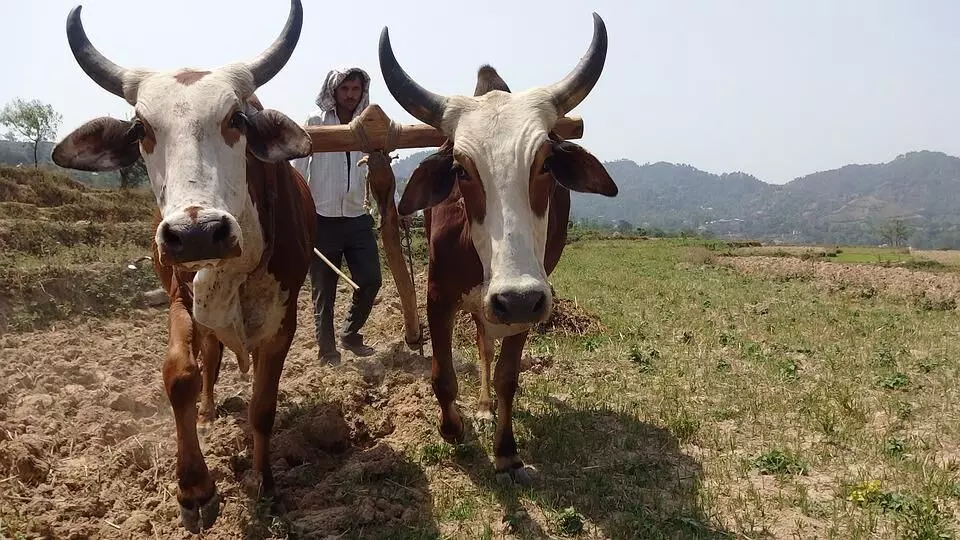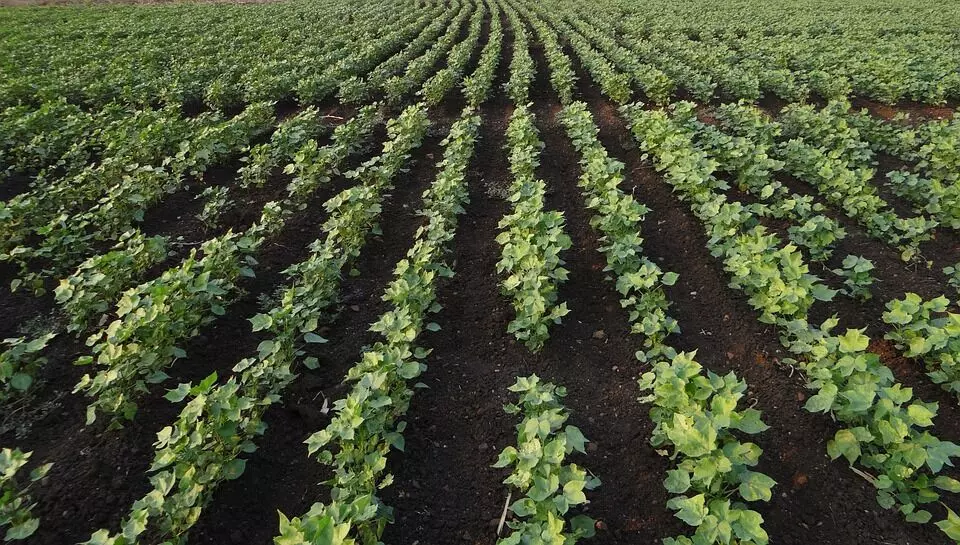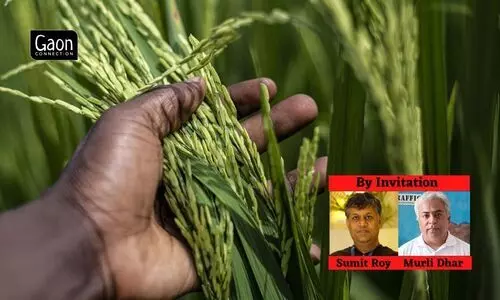Food farming, like any other production system, is essentially a business where profit margins play a key role. However, producers are often forced to operate on small margins due to poor commodity price realization patterns and rising input costs. The aspiration for quick and easy returns with undue emphasis on over-production also leads to unsustainable practices that harm biodiversity and compromise the carrying capacity of soil.
Of late, there has been a growing awareness of the consequences of unsustainable food production among the masses. According to a recent Food and Agriculture Organization estimate, 75 billion tonnes of soil is eroded worldwide from arable land every year, resulting in an estimated financial loss of USD 400 billion per annum.
Little wonder that Chatham House, one of the world’s premier policy institutes, has identified agriculture as one of the major drivers behind biodiversity loss and the impact of agricultural intensification on the quality and quantity of available habitat. The worrisome consequences necessitate the envisioning of a reformed and resilient method of food production systems, with a focus on soil and biodiversity preservation.
Regenerative Agriculture and the ecosystem
Regenerative Agriculture (ReAg) is based on the principle of rejuvenating and regenerating soil, thereby using nature’s resources sensibly to produce safe food in a responsible manner, within stipulated planetary boundaries. The pivotal point of ReAg is to improve soil health over time, considering multiple aspects of the local ecosystem.
Instead of banking heavily on external synthetic farm inputs, the method relies on traditional yet science-based intercultural farming practices, such as cover crops (crops planted to cover soil rather than with the purpose of being merely harvested), inter crops (cultivation of two or more crops in close proximity with defined space in between), crop rotations (system of growing different kinds of crops in recurrent succession on the same land; rotating different crops can break pest cycles and help adding nutrients to the soil), reduced tillage (minimisation of soil disturbance to control its erosion) and crop residue incorporation.
While traditional sustainability standards ensure improved environmental performances, it does not necessarily imply that the soil and its associated ecosystem are healed in the process. These standards are process-oriented, avoid certain environmentally harmful inputs and aim at reducing environment footprint and eco-labelling of products.
ReAg is more effective than any other existing sustainability certification standard because it is an outcome-oriented system with tangible ecological benefits.
ReAg has already gained momentum among the world’s leading food and agri-based businesses (FAB). At the United Nations Climate Change Conference (COP 26) in Glasgow in 2021, an initiative called ‘Regen 10’ was launched with the goal of scaling up regenerative food production systems globally, in a decade.
The Regen 10 initiative will include over 500 million farmers to implement regenerative production methods with an annual investment of approximately USD 60 billion, across the globe to produce more than half of the world’s food in a way that would benefit people, nature and climate by 2030.

75 billion tonnes of soil is eroded worldwide from arable land every year, resulting in an estimated financial loss of USD 400 billion per annum. Photo: Pixabay
Committed to regenerative farming
Prominent FABs around the world have also started showing their commitments to the adoption of ReAg in their supply chains. While PepsiCo is aiming at expanding regenerative farming practices to seven million acres of land by 2030, Nestle intends to invest USD1.3 billion over the next five years to transform its farmers and suppliers and help them get used to regenerative agriculture practices.
Other multinational conglomerates like Cargill and Walmart have also made commitments to voluntary adoption of regenerative agriculture practices to protect, manage, and restore soil and its biodiversity. It might not be irrelevant to mention here that the companies’ sourcing policies might have to undergo significant changes in the way the food is produced in the process.
According to the International Food Information Council, 30 per cent of American consumers prefer products made with regenerative agriculture practice. Millennial and new generation consumers, who have seamless access to information, value sustainability and recognize the need to change their consumption habits. This group of consumers is visibly concerned about brand responsibility, sustainability practices involved in the production cycle and its inherent components.
The evolving mindset has essentially led us to new norms, expectations and possibilities of innovative approaches in production and sourcing of food. Thus, FABs committed to sustainability in general and ReAg in particular, would continue to remain relevant in markets that are in sync with the growing demands of young consumers.

Regenerative Agriculture is more effective than any other existing sustainability certification standard because it is an outcome-oriented system with tangible ecological benefits. Photo: Pixabay
What it means for medium and smallholder farmers
However, this transformation into regenerative practices and their management over time could be challenging, especially for medium and smallholder farmers. While rejuvenation and regeneration of the soil is certain through ReAg, its proper realisation is a long-term phenomenon. Augmented margins of farming are inevitable in the process, but not with immediate effect.
Nevertheless, the rising consumer preferences and growing demands in the market for ReAg are opportunities that could help growers set a business case and competitively negotiate for differentiated pricing in an emerging marketplace.
The process, of course, necessitates traceability in the ReAg supply chain, with a credible link between growers and consumers. The FABs, committed to investment should, therefore, aim at upscaling producers’ knowledge base and skill set in regenerative practices and develop robust data systems to ensure traceability.
Also Read: Unnao farmers switch from wheat and paddy and go bananas over profits
The intention of the interest groups in the food value chain is, by now, loud and clear. ReAg is the new sustainability drive ensuring a paradigm shift in the food production segment. It will unarguably result in a win-win situation for all concerned stakeholders: from the growers at the bottom to the consumers at the top.
With a proper level of motivation and a favourable market condition in place, the time is ripe to implement the transformation of the food production system, thus evoking a new dawn for people, planet and prosperity.
Sumit Roy is the head of the Agriculture Production Initiative of the WWF India. Murli Dhar is director, Sustainable Agriculture Programme, WWF India. Views are personal.




















